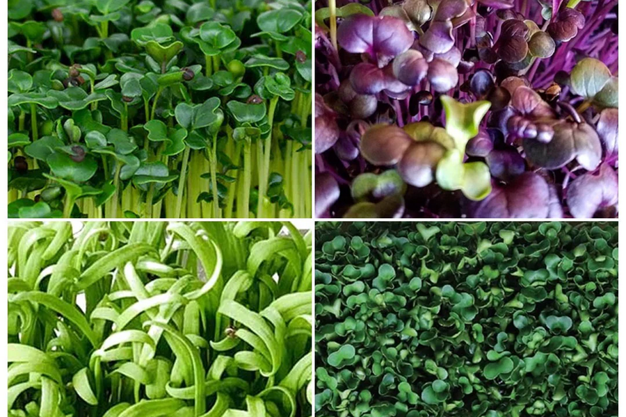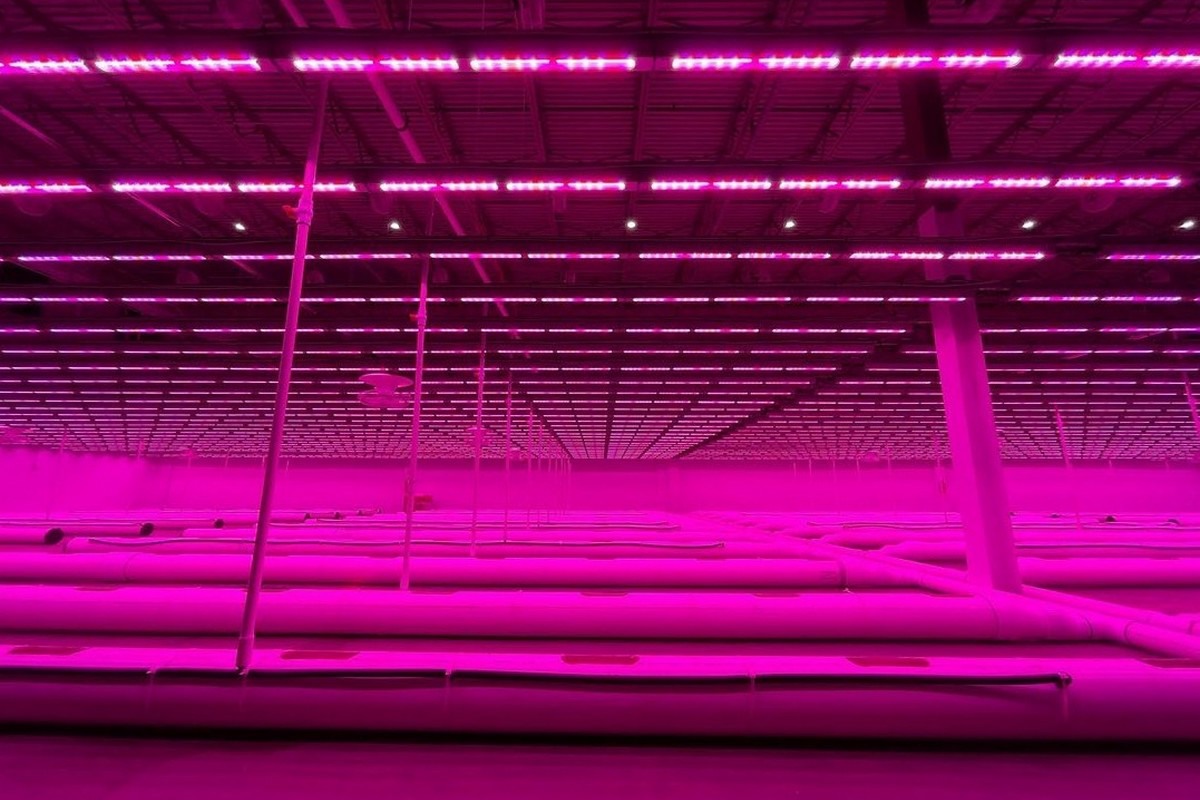"Financial incentives and rebates play a crucial role in lowering both CAPEX and operating expenditure (OPEX), allowing growers to enhance profitability despite rising costs," says Ron DeKok, CCO with BIG Incentive Group. The company's mission is to help growers navigate the complex landscape of available horticultural incentives. "Growers do not know how much they can save."

Why energy companies give out free money
Energy companies aim to manage and reduce peak electricity demand, and large horticultural operations can put a significant strain on the electrical grid during peak hours. "Encouraging these companies to use more energy-efficient equipment helps reduce strain on the grid and lowers the risk of power outages or the need for expensive infrastructure upgrades," Ron explains. "Offering rebates for energy-efficient technologies can help these businesses reduce their electricity consumption. This aligns with the energy providers' goals to lower overall demand on the grid. And in the end, it's cheaper for them than upgrading the grid."
Ron explains horticultural incentives not only reduce the upfront costs but will eventually lead to long-term OPEX savings, as growers can significantly lower their energy bills and reduce ongoing operational expenses. "This combination of reduced CAPEX and OPEX results in a faster return on investment (ROI), making it easier for growers to justify the cost of upgrading their systems, especially in a market where profitability per square foot is key." As an example, he talks about upgrading to LEDs and high-efficiency HVAC systems. "Growers can achieve energy savings while improving the efficiency of their overall operation. This leads to enhanced crop quality, increased yields, and ultimately, greater profitability."
Incentives
As Ron already mentioned, with lighting being one of the highest energy users in a greenhouse facility, many utility companies offer incentives that cover a portion of the cost of upgrading to energy-efficient LED lighting systems. "LEDs not only cut energy usage but also improve light quality, which can lead to better crop yields per square foot, directly impacting profitability," says Ron. "In addition to significant energy savings, LED systems require less frequent maintenance, which can reduce the labor costs associated with lighting upkeep—particularly important in an environment where skilled labor is both scarce and expensive."
Other upgrades that enable growers to lower both their capital outlay and ongoing energy expenses include HVAC systems and dehumidification systems, helping growers regulate temperature and humidity inside the growing environment, energy curtains that increase energy efficiency, and control systems that allow growers to improve operational precision. Then there are renewable energy incentives, which can further reduce OPEX by allowing CEA operations to generate their own energy through solar panels or wind turbines.

Individual programs
In addition to utility incentives, there are federal and state-level incentives designed to support energy-efficient upgrades. "The USDA's Rural Energy for America Program (REAP) is one such initiative, providing grants and loan guarantees to help agricultural producers invest in renewable energy systems and energy efficiency improvements. REAP can cover a significant portion of eligible project costs, reducing the financial strain of upgrading to more efficient technologies," says Ron.
Finding the right one
Given the variety of incentive programs available, finding the right one for your operation can be challenging. "Each utility company offers different programs, often dependent on location and specific energy-saving goals. For example, LED lighting incentives often require certification from the Design Lights Consortium (DLC®) to ensure that only high-quality, energy-efficient products receive support. These types of certifications are essential to verify that the technology meets industry standards for energy conservation, ensuring that growers can confidently invest in systems that deliver long-term savings," Ron gives an example. "Each program has its own set of eligibility criteria, deadlines, and funding limitations. Additionally, many incentive programs require pre-approval before any equipment is purchased or installed. This makes early engagement with the rebate provider essential for ensuring that your project qualifies for support."
He advises starting by either consulting with your local utility company or partnering with a rebate expert – and indeed, that's where BIG Incentive Group comes in. "The process of applying for horticultural incentives can be complex and time-consuming. Many rebate programs require detailed project information, including the equipment being installed, expected energy savings, and projected costs. For growers already grappling with capital constraints and labor shortages, managing these administrative requirements can add significant stress."
Especially when growers are dealing with limited cash flow and need timely approval to secure incentives, maintaining thorough records throughout the project—from purchasing equipment to final installation—ensures a smooth application process. "Accurate documentation is key, as any discrepancies can lead to delays or even disqualification from the program. At BIG Incentive Group, we guide growers through every step of the process, ensuring that all documentation is in place and applications are submitted on time. This support is critical in allowing growers to focus on optimizing their operations while we handle the intricacies of rebate applications."

A recent study titled 'Continuous LED Lighting Enhances Yield and Nutr...

"Financial incentives and rebates play a crucial role in lowering...

A year after converting the lettuce section of its 17 hectares of vege...